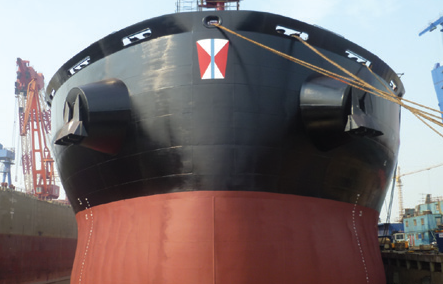Early redeliveries put pressure on capesize period rates

London: Capesize rates may have stopped their freefall, but market sources tell Splash that early redeliveries of vessels continue to put pressure on period rates.
Anecdotal reports in the market say there has been a considerable number of capes coming back to owners since January, which will continue for at least the next few weeks.
Most of these vessels were fixed on one-year period charters during the first four months of last year, when rates averaged $25,000 daily, but are now re-entering the market early. This is adding to oversupply and putting pressure on current period rates – to the benefit of charterers.
Brokers told Splash that premature redelivery is not a new phenomenon, but does put pressure on owners to recoup costs. Standard trading practice dictates that if a vessel is returned to owners before the minimum duration of its charter, it is the owner’s obligation to mitigate the loss for the remaining period of the contract.
Some unscrupulous charterers in Asia are using this to their advantage, challenging owners to take them to court in their own jurisdiction.
For an example of the truly dire rates being seen in the cape market, look no further than the fixture of the China Pride (177,856 dwt, built 2009), which was fixed this week.
The CMT-operated vessel was fixed to Cargill for a short trans-Atlantic round-trip for a mere $3,600 daily (delivery Rotterdam on March 21/22; redelivery Skaw-Cape Passero). The daily breakeven rates for capes is around $8,500 per day.
This week, period rates for capesize vessels are around the $9,500 mark for a 1-year charter, down from around $29,000/day a year ago.
Nevertheless, the Baltic Cape Index has grown slowly but surely over the past couple of days, from 357 points on Wednesday to 423 points today.
“You won’t see many long-term timecharters right now,” one broker at a major London shop told Splash today. “No owner will want to lock in such low rates. They’d rather lay up.” Around six or seven capes are thought to have already been laid up in Asia.
Owners may face more difficult decisions than whether to lay-up, Splash heard. “Owners with young capes of around 15 years old that have special surveys approaching are very very very tempted to scrap, rather than lay the vessel up and ask the banks for more money to do the special survey,” the broker continued.
A 15-year-old cape was scrapped in February, one of only three such vessels to be scrapped since 2000.
